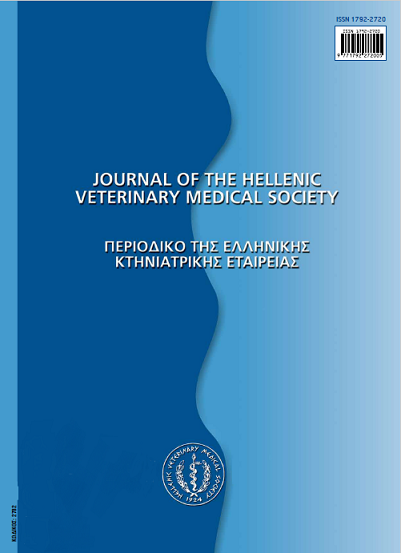Patterns of maternal behaviour of ewes and sucking behaviour of lambs

Abstract
In the present article the literature of maternal and sucking behaviour of sheep is reviewed. The article is divided into five sections: (i) Preparation of the ewe - lambing, (ii) Initiation of maternal behaviour - recognition of newborn lambs, (iii) Recognition between ewe and newborn lambs (auditory stimuli and ewe-lamb recognition, visual ewe-lamb recognition, olfactory cues for maternal behaviour, haptic cues in teat seeking by newborn lambs), (iv) Other patterns of ewe - lamb behaviour (other behavioural patterns immediately post-partum, behavioural patterns during lactation) and (v) Neuro-hormonal control of maternal behaviour. In general, studies of maternal and neonatal behavior of sheep contribute to development of management practices, resulting to decreased neonatal mortality, increase of meat production and improvement of animal health and welfare. They also confirm the importance of animal ethology as a veterinary speciality.
Article Details
- How to Cite
-
GOUGOULIS (Δ.Α. ΓΚΟΥΓΚΟΥΛΗΣ) D. A., KYRIAZAKIS (Η. ΚΥΡΙΑΖΑΚΗΣ) Ι., & FTHENAKIS (Γ. Χ. ΦΘΕΝΑΚΗΣ) G. C. (2017). Patterns of maternal behaviour of ewes and sucking behaviour of lambs. Journal of the Hellenic Veterinary Medical Society, 58(1), 44–60. https://doi.org/10.12681/jhvms.14974
- Issue
- Vol. 58 No. 1 (2007)
- Section
- Review Articles
Authors who publish with this journal agree to the following terms:
· Authors retain copyright and grant the journal right of first publication with the work simultaneously licensed under a Creative Commons Attribution Non-Commercial License that allows others to share the work with an acknowledgement of the work's authorship and initial publication in this journal.
· Authors are able to enter into separate, additional contractual arrangements for the non-exclusive distribution of the journal's published version of the work (e.g. post it to an institutional repository or publish it in a book), with an acknowledgement of its initial publication in this journal.
· Authors are permitted and encouraged to post their work online (preferably in institutional repositories or on their website) prior to and during the submission process, as it can lead to productive exchanges, as well as earlier and greater citation of published work.







